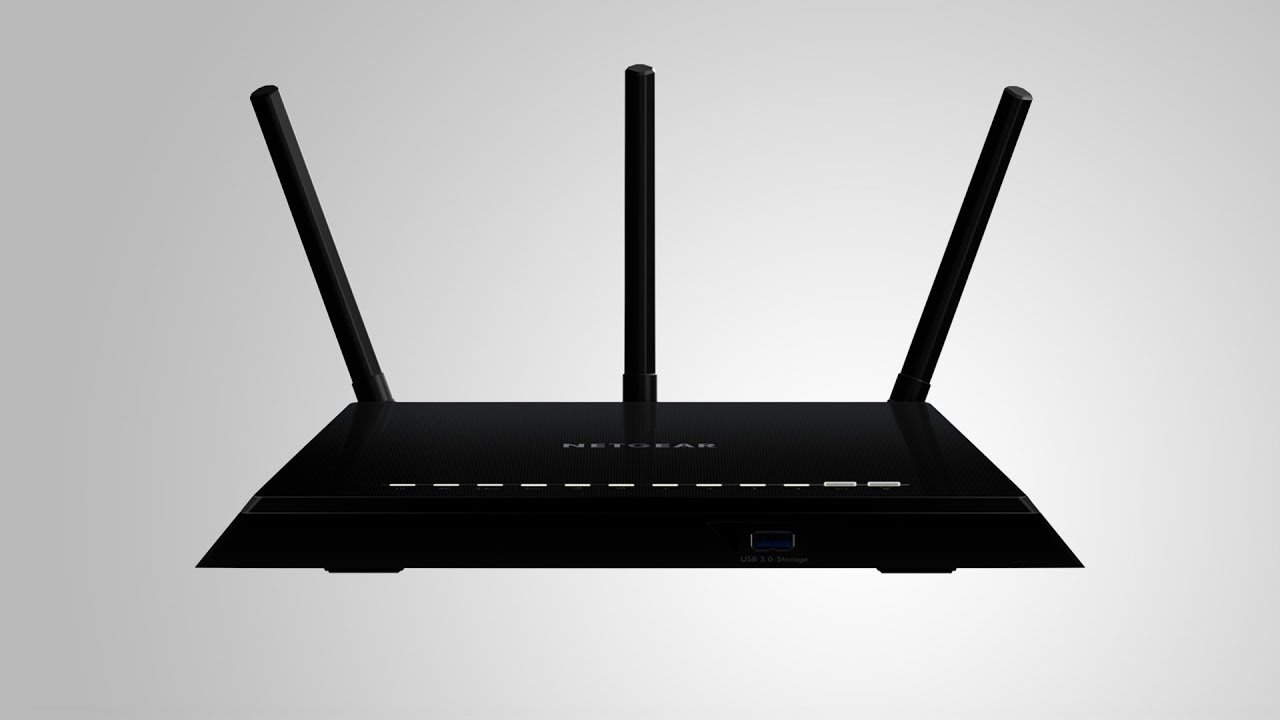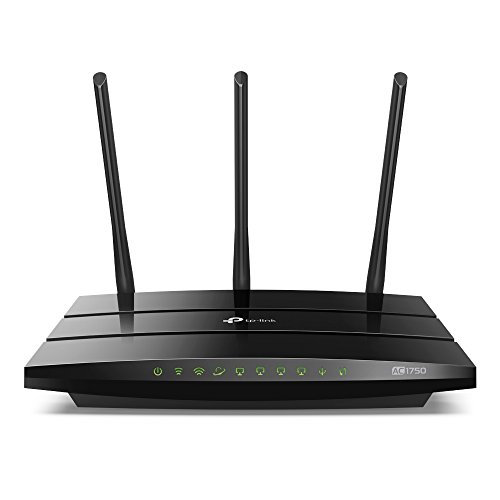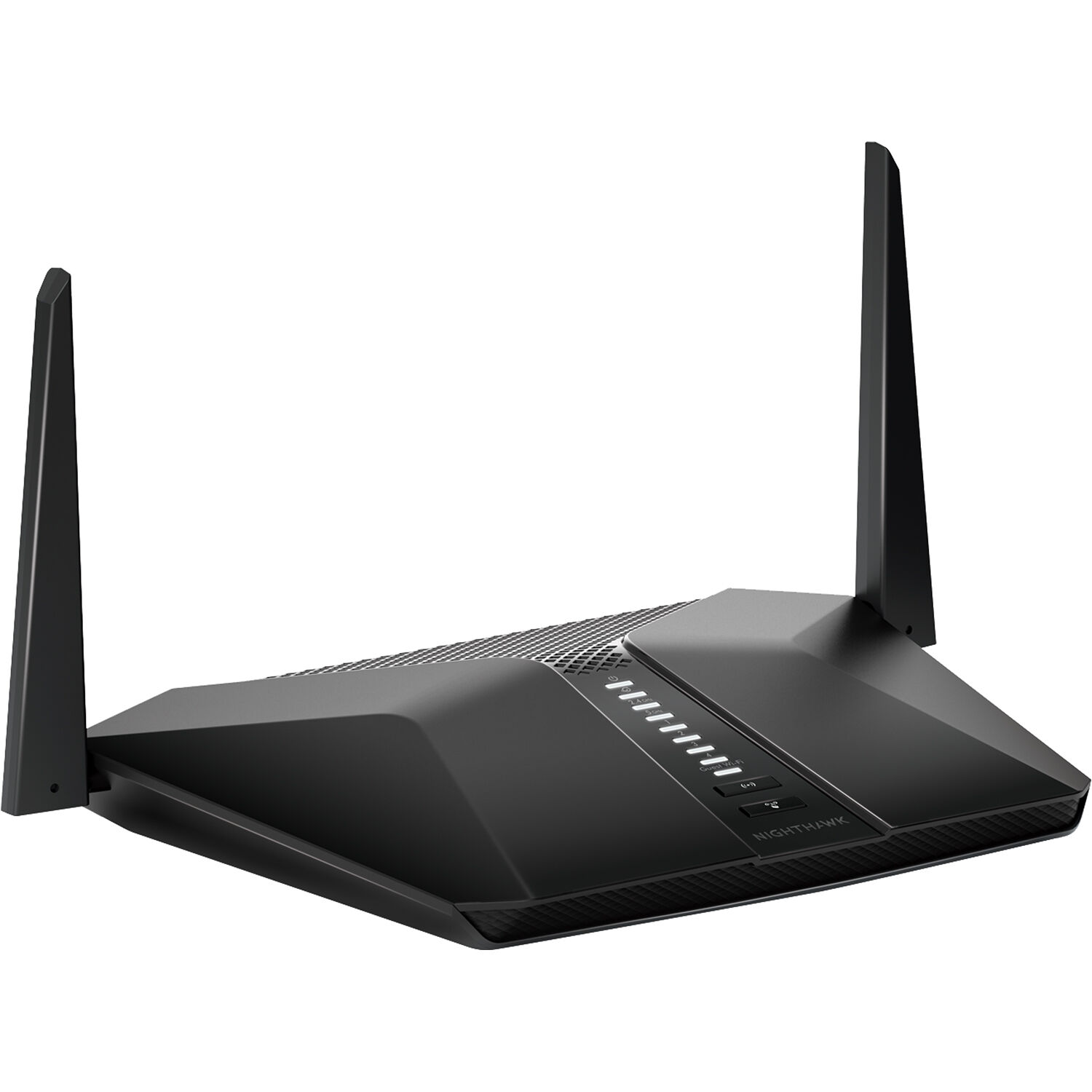
Router Proxy Settings

General Router DNS Setup for Smart DNS Proxy
Following Smart DNS Proxy DNS setup instructions is only needed one time. Once you finish the initial DNS setup you won’t be needing to take the same steps anytime. Your connection will work automatically *anytime!
— — — Smart DNS Proxy setup is very simple and can be done with any router/modem brands. The main idea is to change your Router/Modem DNS IPs to Smart DNS Proxy IPs. Then, you are all set. Please find general router DNS setup instructions for Smart DNS Proxy below: 1. Log into your router Admin Panel. You can find this information in your router/modem instruction book. In general, you can get access to your router admin panel with entering one of the following to your Internet Browser (Chrome, Internet Explorer, Safari, Firefox, Opera, etc) on your PC/mobile device. In your router/modem instruction book, the correct IP should be provided. Once you enter the correct router/modem IP address in your Internet Browser, it will open your router admin panel. 2. Enter your router Admin Username and Password. You can find this correct information from your router/modem instruction book. In general, most router/modems are using “admin” or “root” for default username, and “admin”, “password” for default passwords. Once you enter the correct credentials, you will enter the admin panel of the router/model. 3. Find DNS Settings and Change them to Smart DNS Proxy DNS IPs. Once you log in, please find a section where it says for DNS Settings. There it may be selected as Automatic or there may show some DNS IPs already. Automatic means, your router is getting the DNS IPs from its network device (Mostly from your Internet Service Provider). If it’s not in Automatic mode and you see some DNS IPs, please take them a note. So in case if you want to revert back you can change it back to the old IPs. (In general, you can always select Automatic and your new settings will be reversed). Ok now you need to change your router DNS IPs to Smart DNS Proxy IPS as following: In Most routers, it says PRIMARY Server and SECONDARY Server, or DNS SETTINGS 1, DNS SETTINGS 2. Either way simply updates them as following DNS IPs. The list of IP addresses of our DNS servers can be found on our DNS Server List here: the closest DNS servers to your physical location. Select the closest server to your physical location as Primary. Then select the 2nd closest server to your physical location as Secondary server.
4. Now Save your new settings. In general, you should find the SAVE button down the page. You may also see the Apply button. Click on SAVE and APPLY. 5. Restart your Router. It’s always suggested to have your router restart once after the new DNS Settings. And that’s it. Your router is set up properly. We now suggest you to LOG INTO your Smart DNS Proxy MyAccount section and make sure that you see 3 green ticks. You can visit this page from your PC Internet Browser (your PC should be connected to this router via wireless or wired). If your IP shows not active, simply click the UPDATE IP button and you are all good:). Attention Make sure to RESTART your Router! * Remember whenever your PC/Router IP changes, our service will stop working for you. You will need to LOG INTO Smart DNS Proxy and UPDATE your IP address so that our system could check your IP address and add your new IP to our database. Then, you will be able to continue using our service. If this is the first time you set up, we also suggest that you log in with your PC to our site from the same Wired/Wireless network to show our system your IP address.
Did this answer your question?
Thanks for the feedback
There was a problem submitting your feedback. Please try again later.
Last updated on January 11, 2021

What Is A Proxy Server? | PCMag
A proxy server is a computer system or router that functions as a relay between client and server. It helps prevent an attacker from invading a private network and is one of several tools used to build a firewall.
The word proxy means “to act on behalf of another, ” and a proxy server acts on behalf of the user. All requests to the Internet go to the proxy server first, which evaluates the request and forwards it to the Internet. Likewise, responses come back to the proxy server and then to the user.
Proxy Servers Provide Anonymity
Like a virtual private network (VPN), a proxy server hides the user’s IP address when accessing the Internet. See VPN and TLS.
Address Translation and Caching
The proxy server is a dual-homed host with two network IP addresses. The address on the outbound side is the one the Internet sees. Proxies are often used in conjunction with network address translation (NAT), which hides the users’ IP addresses on the internal network. Proxy servers may also cache Web pages so that the next request for that page can be retrieved much faster. See NAT and proxy cache.
Other Proxies
Anonymous proxy servers let users surf the Web and keep their IP address private (see anonymous proxy). Although not specifically called proxies, Internet email (SMTP) and the Usenet new system (NNTP) are somewhat similar because messages are relayed from sender to recipient. See firewall.
Application Level and Circuit Level
“Application-level” proxies or “application-level gateways” are dedicated to specific content such as HTTP (Web) and FTP (file transfer). In contrast, a “circuit-level” proxy supports every application (see SOCKS).
Forward and Reverse Proxies
In this definition, the proxy servers are “forward proxies” that hide the details of the clients from the servers. However, proxies can also reside at the website to hide details from the clients (see reverse proxy).
A Proxy Server in a LAN
In this example, the proxy server functions as a firewall in the public side of a company network, which is called the “demilitarized zone” (see DMZ).

Pilot Network – Proxy Server IP Address – Windows – SuitableTech
For networks using a proxy server to filter content, you might be required to enter the proxy IP address and port number into the Beam Desktop App to direct data traffic appropriately.
The instructions below are based on Windows 10 locate your Proxy Server IP Address:
In the Windows search bar, type “Internet Options”.
Select Internet Options from the results list.
Click to open the Connections tab.
Click the LAN settings button.
Notice in the Proxy Server section:
If a proxy server is in use, the checkbox next to “Use a proxy server for your LAN (These settings will not apply to dial-up or VPN connection) will be marked.
The proxy server address and port in use for HTTP/HTTPS traffic will be displayed.
Note: Under the Automatic Configuration settings, if Use automatic configuration script is checked, the address listed may contain a file (proxy auto-config) script. In this case, you will be required to download the file to determine your proxy address and port.
Please contact your IT/network administrator for additional assistance locating your proxy information.
Frequently Asked Questions about router proxy settings
What is a proxy server on router?
A proxy server is a computer system or router that functions as a relay between client and server. … Likewise, responses come back to the proxy server and then to the user. Proxy Servers Provide Anonymity. Like a virtual private network (VPN), a proxy server hides the user’s IP address when accessing the Internet.
How do I find my router proxy settings?
Errors & TroubleshootingIn the Windows search bar, type “Internet Options”.Select Internet Options from the results list.Click to open the Connections tab.Click the LAN settings button.Notice in the Proxy Server section: … The proxy server address and port in use for HTTP/HTTPS traffic will be displayed.
What are proxy settings used for?
Proxy servers act as a firewall and web filter, provide shared network connections, and cache data to speed up common requests. A good proxy server keeps users and the internal network protected from the bad stuff that lives out in the wild internet.May 7, 2021

